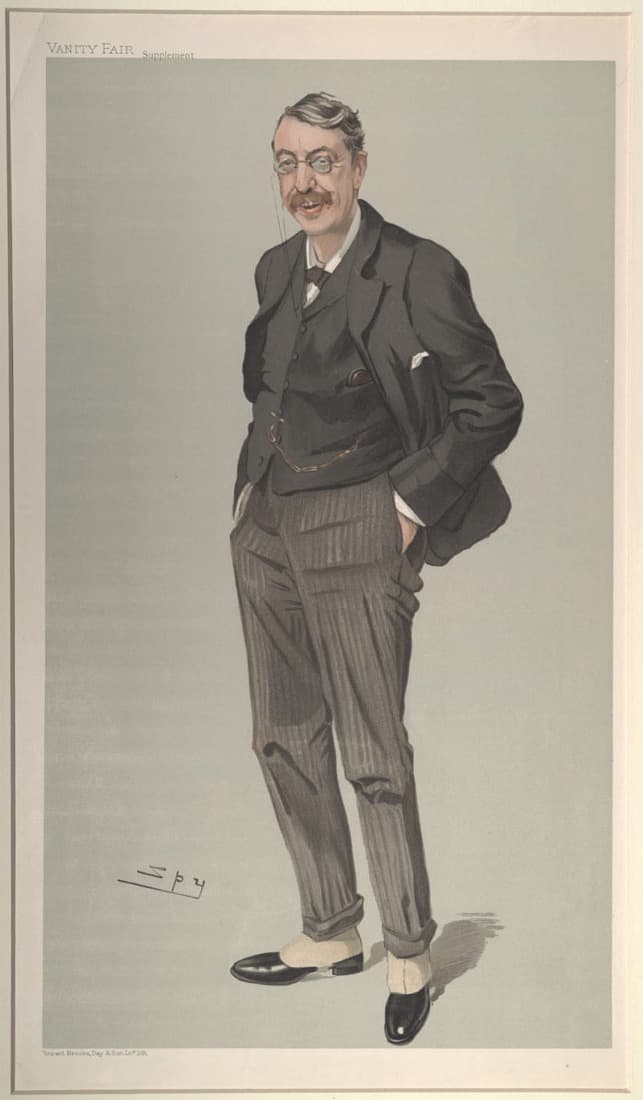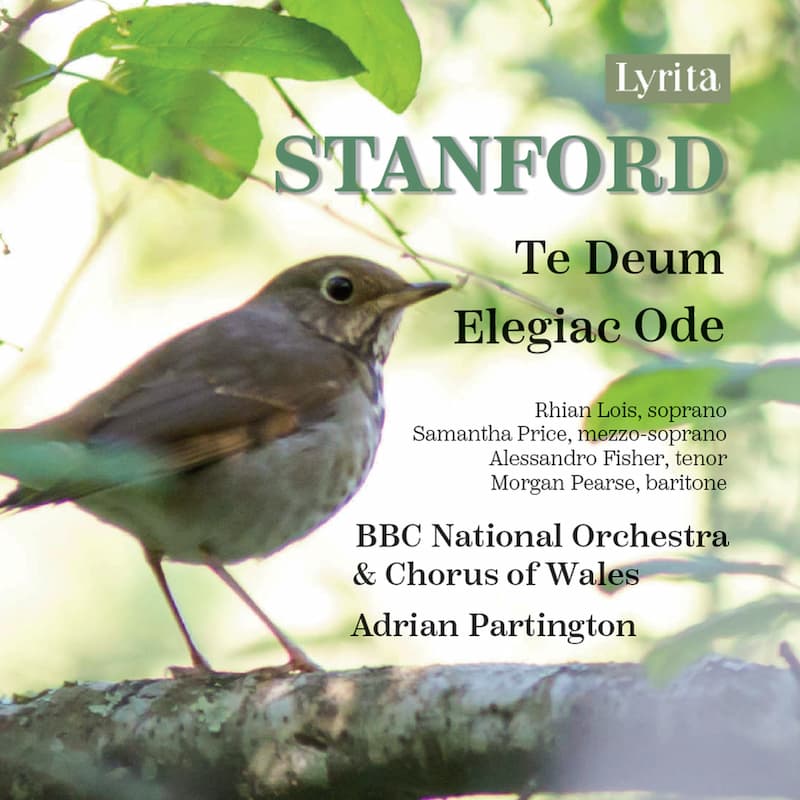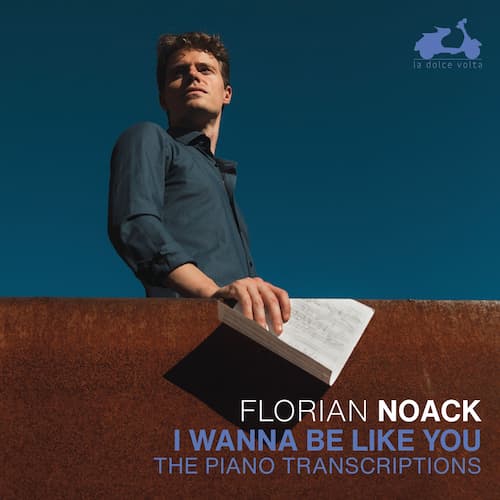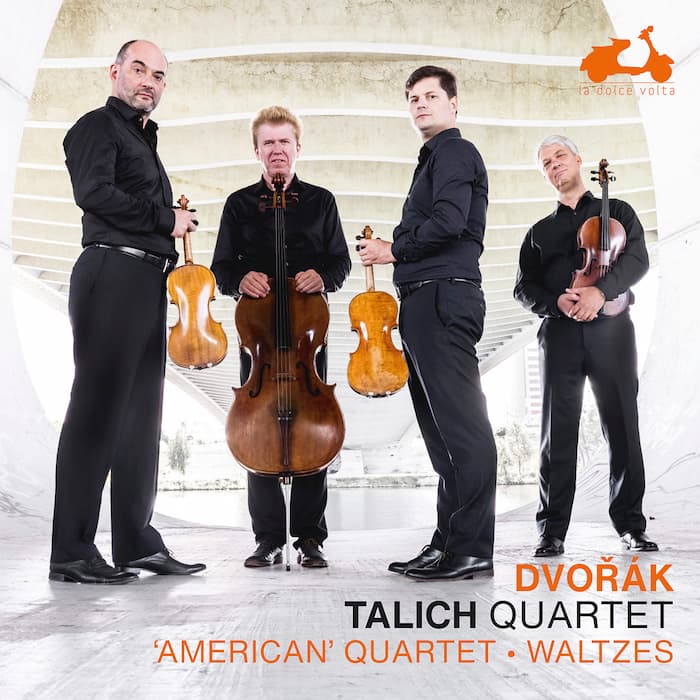Written for the Leeds Festival and given its premiere on 6 October 1898, the Te Deum by Charles Villiers Stanford (1852–1924) brought opera to the English choral tradition. Written to commemorate the 60th anniversary of the accession to the throne of Queen Victoria, the work used the very large Leeds Chorus, which encompassed 350 singers.

Spy (Leslie Ward): Caricature of Stanford for Vanity Fair, 1905
The Te Deum text is a Christian hymn traditionally attributed to Saint Ambrose of Milan (c. 339–397) and its writing to AD 397, although this hymn is now thought to date from earlier and may not be by Saint Ambrose. Nonetheless, it is a hymn of praise, incorporating verses from the books of Psalms and the Apostles’ Creed, mixing together all those who praise God with a declaration of faith.
In music, the Te Deum has been set by countless composers and was a particular favourite in England, with settings by Thomas Tallis, William Byrd, Henry Purcell, Edward Elgar, and Herbert Howells, with multiple settings by George Frideric Handel (5 times) and Charles Villiers Stanford (2 times). Following Stanford’s model of a Te Deum for a queen, William Walton wrote a Te Deum for the coronation of Queen Elizabeth II in 1953.
In setting the Te Deum, Stanford made his first setting of it as an extended concert work. He had set the text earlier but only as part of his Morning, Communion and Evening Services, Opp. 10 and 12 in 1879 and 1880. Now that he was pulling the text apart, he could include a sense of drama and make more of the soloists.
From its dramatic full-chorus opening, over a dramatic chord and timpani roll, the Te Deum is immediately impressive. The orchestra has its own contrapuntal duties and is a strong reason for the beauty of the elaborate setting.
The second section, for the 4 SATB soloists starts to set up the operatic side of the work. By the third section, ‘Judex crederis’, the sound of the orchestra seems quite in the style of a light Wagner.
Charles Villiers Stanford: Solo Quartet and Chorus “Judex crederis”
The choral writing, powerful as it is, is still very English against the Teutonic opening. The soloists, set in a more discursive style, give us yet a third style for the work.
Contemporary reviewers thought it was work comparable to his Requiem, written in 1897 for the Birmingham Triennial Festival, which remains his most popular sacred work today. One reviewer noted that it had a ‘Teutonic sobriety and intellectuality [with] a distinct feeling of Latin sensuousness’.
Despite the creativity of the work and its immediate impression, it was put in the shadow at the 1898 festival by the premiere of Elgar’s Caractacus.
This recording, by the BBC National Orchestra and Chorus of Wales, with soloists Rhian Lois, soprano; Samantha Price, mezzo-soprano; Alessandro Fisher, tenor; and Morgan Pearse, baritone, under the direction of Adrian Partington, is a beautifully authoritative recording. As a tribute to the long reign of Queen Victoria, it had no match.

Stanford: Te Deum and Elegaic Ode
Lyrita SRCD435
Release date: 5 July 2024
Official Website
For more of the best in classical music, sign up for our E-Newsletter



